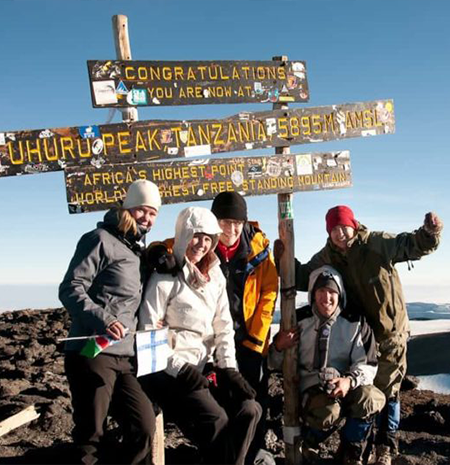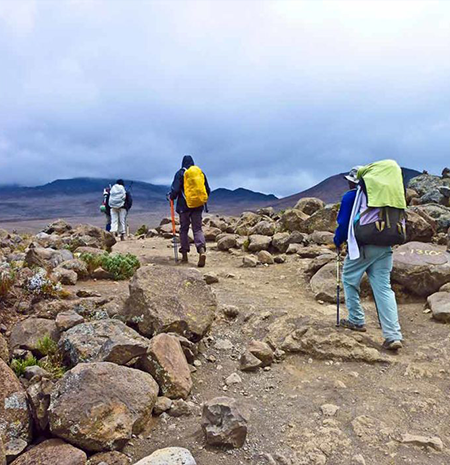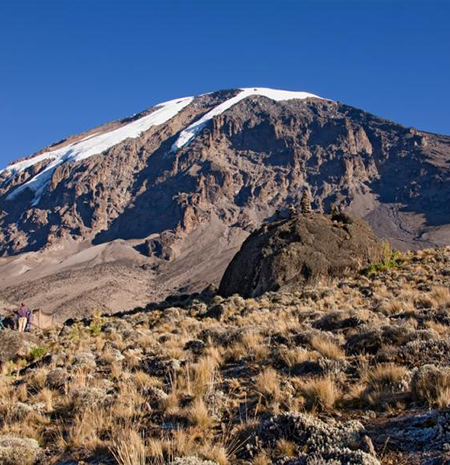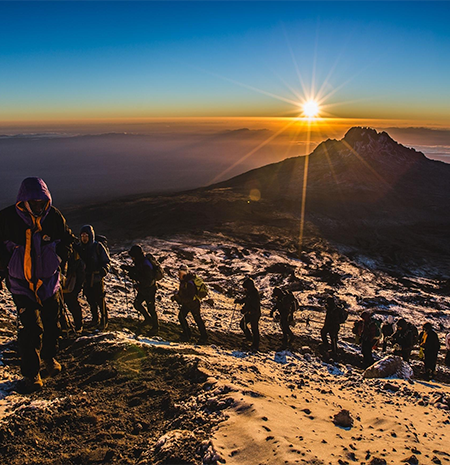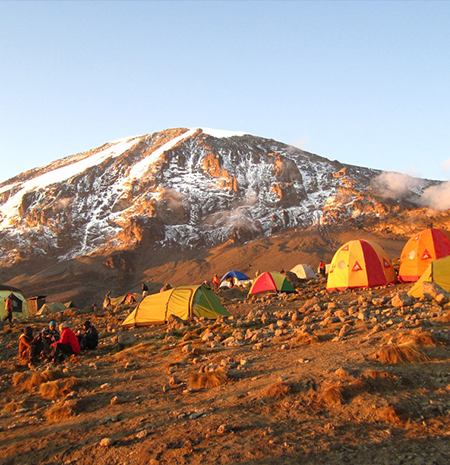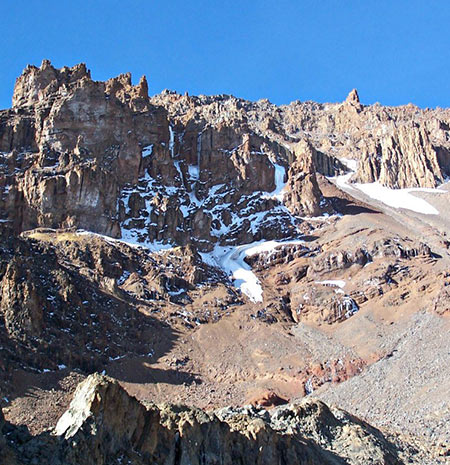Explore the Machame Route, a scenic and popular path to the summit of Mount Kilimanjaro. Discover detailed insights, tips, and what to expect on this challenging trek. Your adventure to the Roof of Africa starts here!
The Machame Route is the most popular of the seven (7) routes to the peak of Mount Kilimanjaro. It is much loved by most climbers because it passes through a number of different habitats thus offering breathtaking views. Approximately fifty percent (50%) of the climber that attempt the Mount Kilimanjaro Trek use the Machame Route. Because it takes fewer days to complete and it’s more accessible, this is among the cheaper routes on the mountain.
This route is also referred to as the ‘Whiskey Route’ because it is known as a more challenging with a steeper trail and covers longer distances as compared to the Marangu or ‘Coca-Cola’ Route which gradually ascends. Also, unlike on the Marangu route where accommodation is offered in huts, on the Machame trail, accommodation is in tents.
The trail can be completed in a minimum of just six (6) days, however it is better recommended that it is completed in seven (7) days to allow for better acclimatization. Furthermore, a better success rate to the peak has been registered on the seven day itinerary than on the six day itinerary.
This machame Route can be perfectly combined with a safari tour in Northern Tanzania, like our 5 Days Northern Tanzania lodging safari.
The Machame trail starts at the Machame Gate, found on the southern side at the bottom of the mountain and it’s just a brief drive from either Arusha or Moshi. You will traverse the verdant montane rain-forest at the start of the trail and this section normally receives some rainfall. This section is generally steep and very slippery so we recommend that you use trekking poles.
As the trail progresses towards the Shira Plateau, the forest will thin away and then you will enter into the heather zone characterized by low bushes. After the trail ascends to the volcanic plug – Lava tower prior to dropping and encircling the south ice-field. The pathway from Barranco connecting to Karanga to Barafu is circular and it’s referred to as the Southern Circuit. So as it winds around the mountain, climbers will definitely be rewarded with breathtaking views.
The longer and more demanding approach to the peak is made from the eastern side, and you will encounter a number of bends along the trail, encountering more loose stones along the way until you eventually make it to the edge of the crater known as Stella Point. From this point the terrain is fairly flat and it will take you approximately one hour to reach the summit of the Kilimanjaro at the Uhuru Peak. The fastest descent to the bottom will be along the Mweka trail.
This route covers a distance of approximately 62 kilometers (37 miles) from gate to another. This route is best suited for climbers with hiking experience, however, several first timers also use this route and actually complete. It is ranked as one of the better routes on Mountain Kilimanjaro and for that reason highly recommended by Kilimanjaro Trails and many other Mt. Kilimanjaro expert operators. This is a better choice than the renowned Marangu route.
